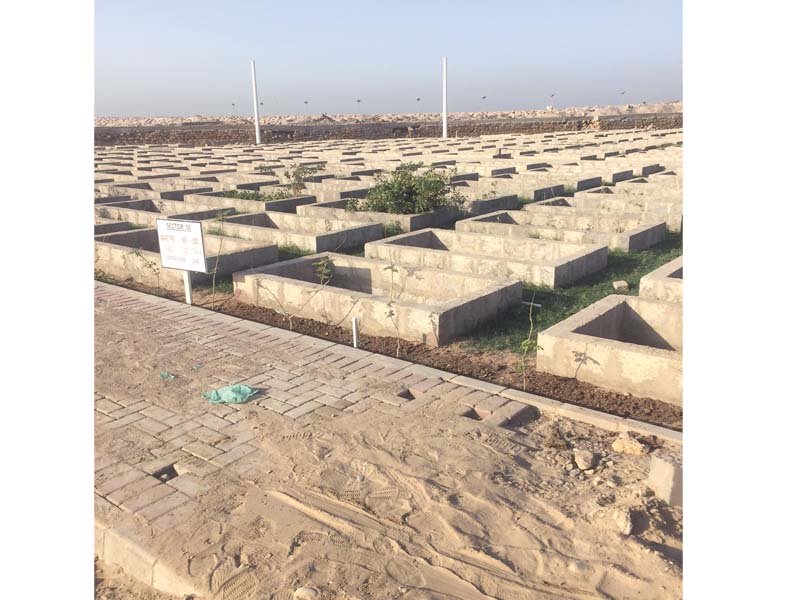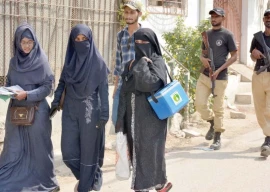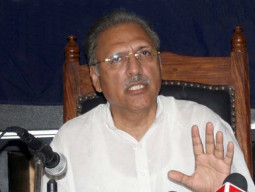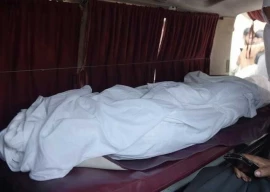
Close to the defunct Cogen plant in Phase VIII of the Defence Housing Authority (DHA), scores of labourers are busy digging graves. Some 1,400 final resting places have already been prepared, and several more are being readied in various sizes.
These readymade graves are part of a cemetery that the DHA is establishing exclusively for Phase VIII residents, and is likely to be inaugurated in May this year.
Finance ministry refuses to back CNG price deregulation
Currently, DHA residents choosing to bury their loved ones close by can only do so in graveyards run by the Cantonment Board Clifton (CBC) in Phase I and Phase IV, both said to be running out of space.
Showing around the under-construction cemetery on a chilly Friday morning, DHA administrator Brigadier Zubair Ahmed said the graveyard shall be exclusively for the community of Phase VIII. "The CBC is responsible for development activities in all other phases of DHA but Phase VIII comes under us," he answered when asked why the graveyard will only cater to selected residents.
While detailing the project's construction on a map, an army officer informed that a variety of saplings will be planted at the cemetery to give it a green look. "It will give the feel of a park as there would be so much greenery," he added.
The authority admits the graveyard is being built on a small piece of land - 5.75 acres - but insists that they will be able to make 4,000 graves. In one area, five graves are dug together, separated with only a narrow passage. People will only be able to stand up and offer fateha here.
School built over graveyard battles for existence
An official informed that the graves would be 4.5, five, and six feet long, three feet wide, and four feet deep, saying the lengths may differ but each grave is designed to look similar to maintain uniformity.
Once the graveyard opens, Phase VIII residents can pick one of the prepared graves and bury their loved one on the spot, without the hassle of waiting for the grave to be dug up. The authorities will then place marble tiles and a tombstone where personalised messages and details of the deceased can be inscribed.
Officials refused to share burial charges, which are expected to be higher than those in other graveyards, but said it will be for a "few thousand rupees" only.
When asked about the proximity of the sea and potential damage to graves during high tides, officials insisted it will not be a problem as a new protection wall is being built around the creek while the old one is also being repaired.
Use of technology
A person sitting at home faraway will be able to offer fateha for their loved one while watching their graves via a video-linking system. "They will just have to punch in the grave number and see the grave," said project director, Brig Muhammad Rashid Butt while explaining the live-streaming facility they are offering. Web cameras will be installed and a special information technology room is being set up for this purpose, he added.
Meet Britain's grave-obsessed cemetery hunters
The graveyard will also maintain a database of all the graves, with each buried person to be issued a number. The reception staff and guide maps will help visitors reach their desired grave.
The authority also plans to light up the graveyard through the use of solar technology.
Catering to people of various sects, the graveyard will be divided in different sections, with separate ones for children and shuhada [martyrs]. A separate tiled structure is also being established to house the area where funeral prayers can be offered.
Published in The Express Tribune, February 18th, 2016.

















COMMENTS (12)
Comments are moderated and generally will be posted if they are on-topic and not abusive.
For more information, please see our Comments FAQ